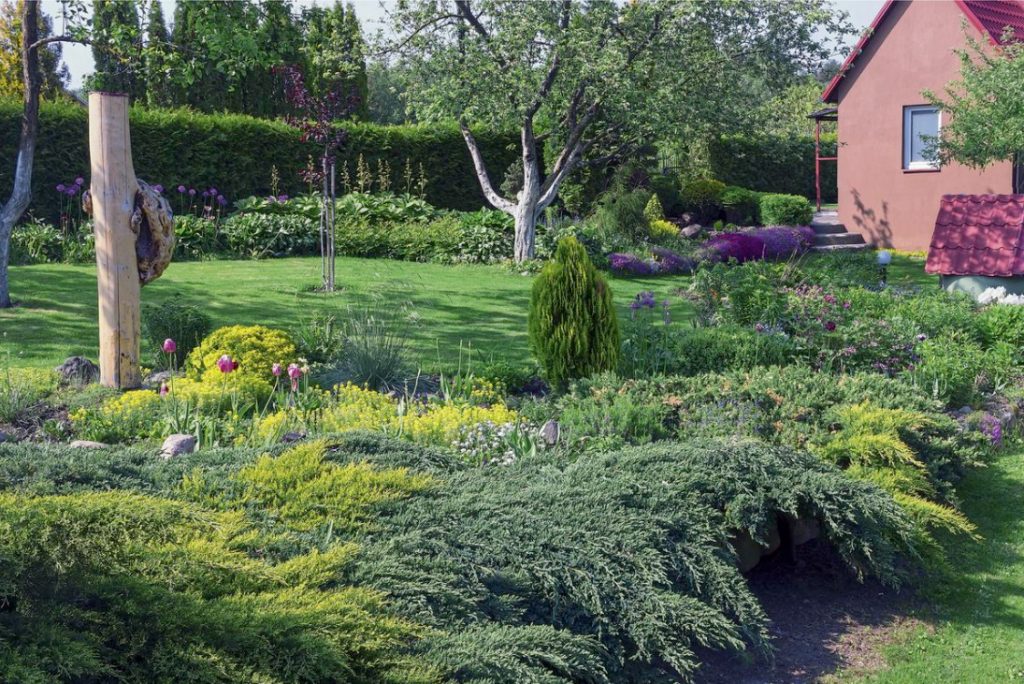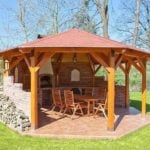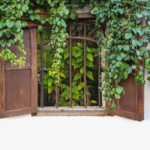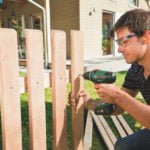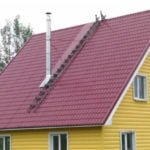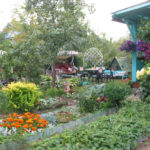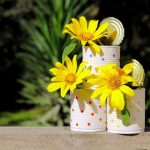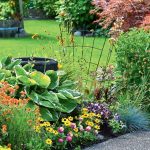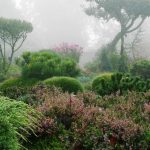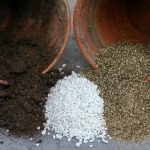Successful standard project of the house, stylish design of the kitchen, cozy interior in the living room… For most active and busy people, ready-made design solutions are a lifesaver. Is there something similar in landscape design?
Agree, there are no two identical sections, just as there are no identical budgies. For the owners, anyway. But-the same, lined up sections of townhouses… Or-the standard “cutting” of 10-15-hundredth pieces of land in a cottage village, the optimal setting of the house, where the garage is located on the shady side three meters from the fence… It seems that everything is one to one, but-no! The neighbor’s gate is to the left. It would seem-a trifle, but the path is not the same, and plants, respectively, more or less fit around.
The environment, entrances and exits from the house, changes in terrain-everything matters. Therefore, parrots are not parrots, and a project designed for one garden will never exactly fit another. Although, probably, years later, landscape design theorists, looking at the faded photos of our creations with an unbiased eye, will find many common features. This is good. And the harmful ones will say: “Our grandmothers used to sculpt all the gardens the same way.” And all because our gardens, differing in details, have a very similar structure. And if we crave universal solutions, they are most likely to relate to the principles of spatial construction of the garden.
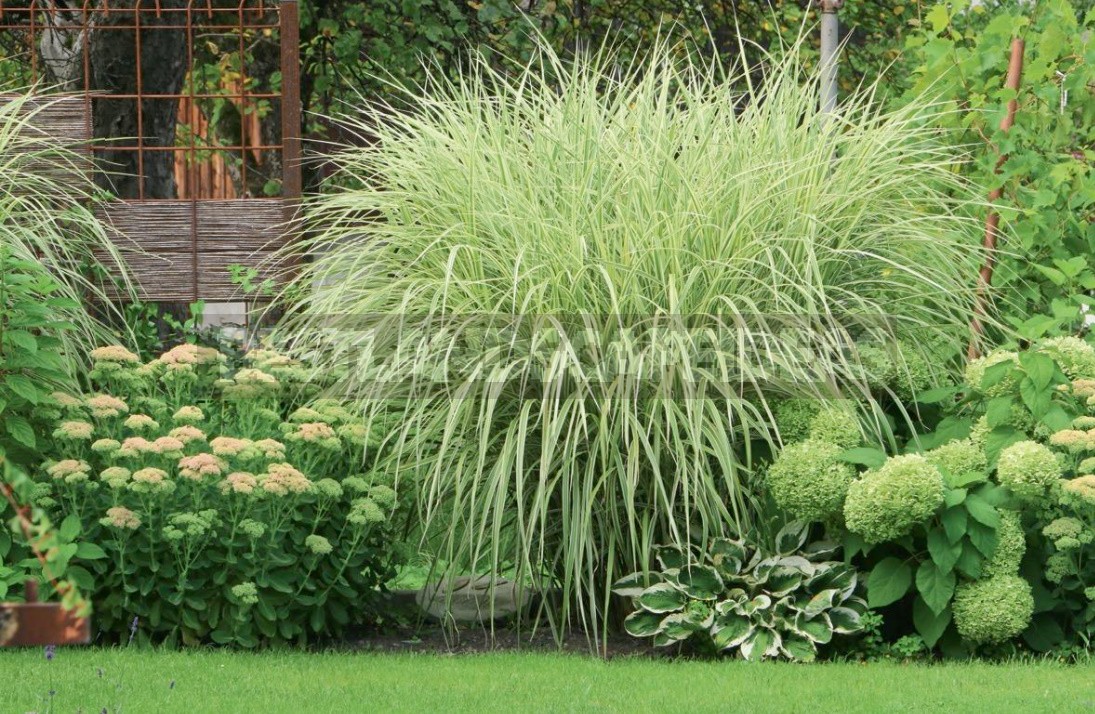
The basic principle is as follows: if you want to get a cozy garden, plant a perimeter with plants. This question comes up often and on various occasions. Do you want to hide from your neighbors? From a dusty street? From the wind? Do you want to admire the greenery in the garden, and not the walls of the cage, called “fence”? Do you want to create a comfortable, humid environment that is pleasant to breathe? Do you want to grow rhododendrons and soft conifers? The answer is the same: plant the perimeter.
And what exactly to plant — there are possible options. Hundreds of thousands of options. But they are quite amenable to taxonomy, where the main parameter is the size of the site.
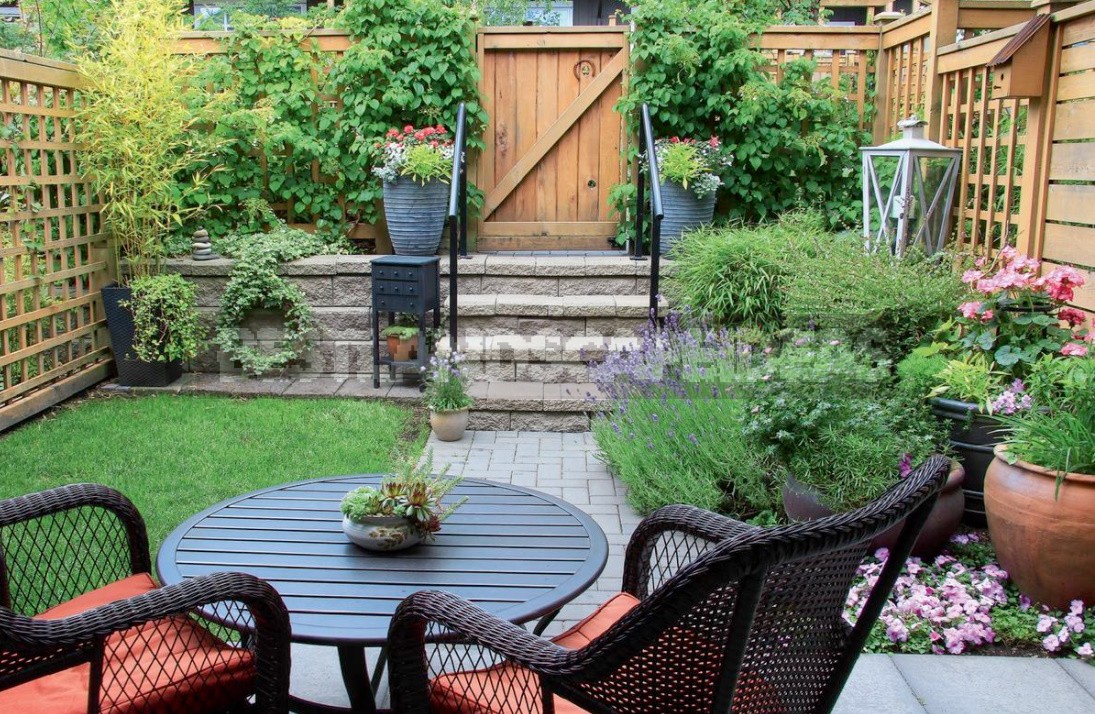
If we have a small courtyard of a townhouse in front of us, oddly enough, there is nothing better than the proverbial thuja hedge. Why?
- Because, first of all, it can look very architectural, a green wall, turning the garden into a real open room. This solution is very logical for a small space where you can’t create a natural landscape if you want to;
- Secondly, it takes up very little space, which is also significant;
- Third, thuja is easy to cut, allowing you to maintain the desired height and width without compromising the appearance and condition of the plant, as well as for relationships with neighbors;
- In addition (which is usually forgotten), it serves as a great backdrop for the many plants that Nestle inside. Giving a dark velvety uniform surface, thuja provides them with a contrasting and noble background.
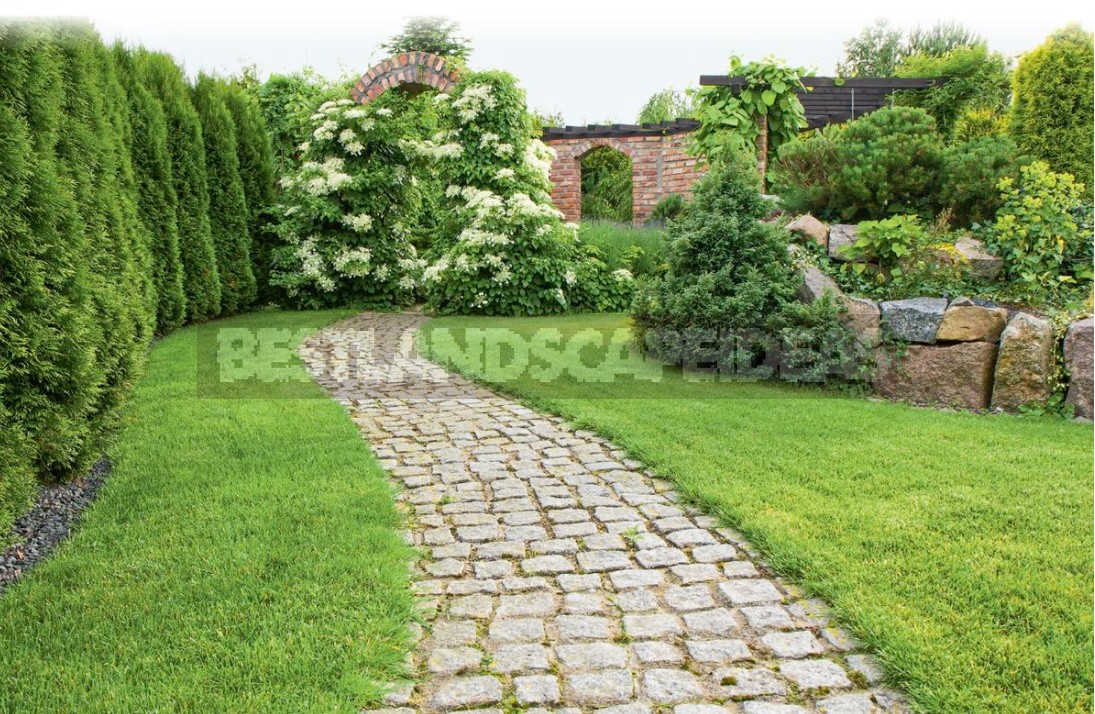
But for a larger garden, this solution is no longer suitable. Really, what kind of room will you get in 15 acres? It was in such areas that thuja discredited itself as a material for external hedges. The rectangular perimeter remains a green cell. Yes, even a gold one — we don’t like cages. And the plants that can be planted “in the background”, when viewed from a distance (and on a large site it appears) are catastrophically small. And those that are larger, too, can not be planted, will close all expensive thujas.
Therefore, no matter how you look at it, for planting the perimeter of a 10-20-hundredth plot, you need plants that are more powerful, wider, and simpler, so that it is not a pity to partially cover them with forward-looking brethren. In addition, they are no longer planted in a hedge, not in a line, but as if at the edge of the forest, something further away, something ahead. This helps to reduce the sense of Squareness of the site, bringing its shape closer to a more natural version.
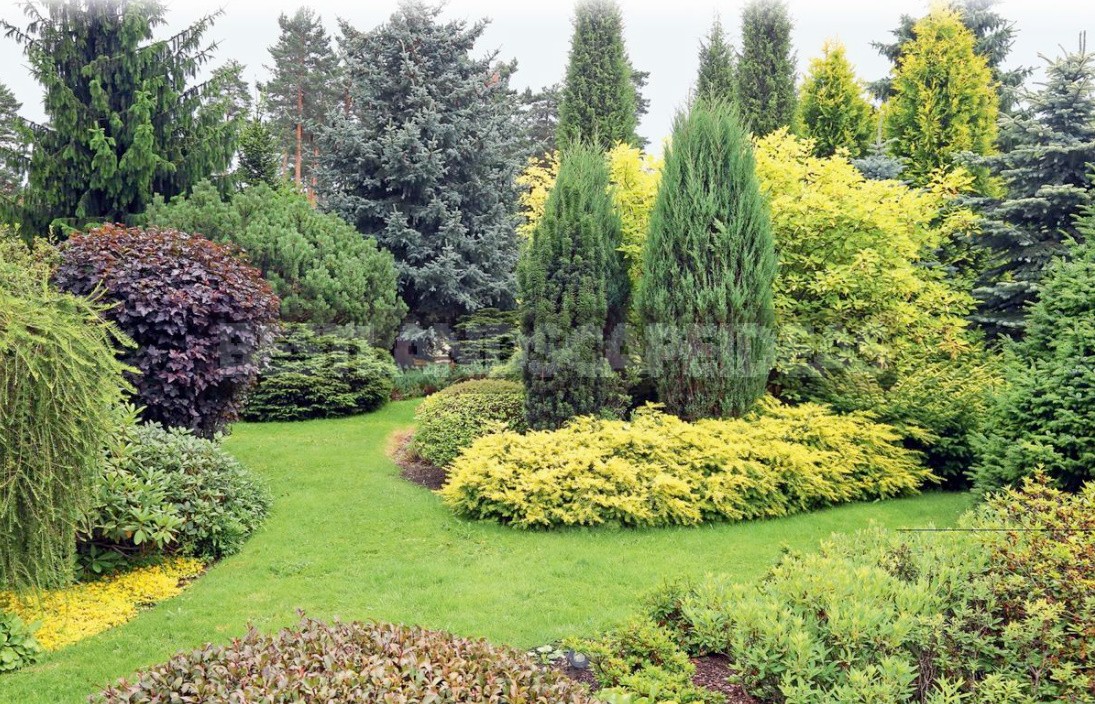
In General, the forest edge is the closest natural analogue of our tree and shrub mixborder (this is the name of these plantings), only in a somewhat “cultivated” version.
So what do we plant as background plants? In summer villages with gardens and greenhouses from time immemorial, everything was limited to tall shrubs, both ornamental and fruit.
If the plot is located in a cottage village, then by mutual consent of the neighbors, the fence is planted with trees. According to today’s realities, the leader is the common pine 3-3. 5 m high. The invigorating aroma, fluffy needles, availability and relative cheapness of planting material won her national love. Slightly diluted with Christmas trees (not everyone likes them) and deciduous trees, the pine edge transforms the landscape at the moment.
If the area of the plot is 20-30 acres or more, single trees can not do. Here it is already necessary to plant them in groups and small arrays, again, so that there is no hint of the fence line.
And the next step is to plant everything that you dreamed of, according to the assortment of the garden center. And, note: we have a perimeter! This means that inevitably one part of the mixborder will be dark, and the other part will be Sunny. Which means that whatever plant we buy, there is a suitable place for it. Agree, this is very convenient. And even if you suddenly want to make a gravel garden with cereals or rockery, you can easily make a smooth transition: shade, partial shade, sun…
We plant as we were taught, in tiers, with a decrease in the height of plants from the trees towards the front edge, approaching tall plants to the gazebo, surrounding the Playground with bubble fruit, descending with turf and sedge to the reservoir. So little by little, we develop all the areas, leaving a lawn of the required size in the middle of the plot.
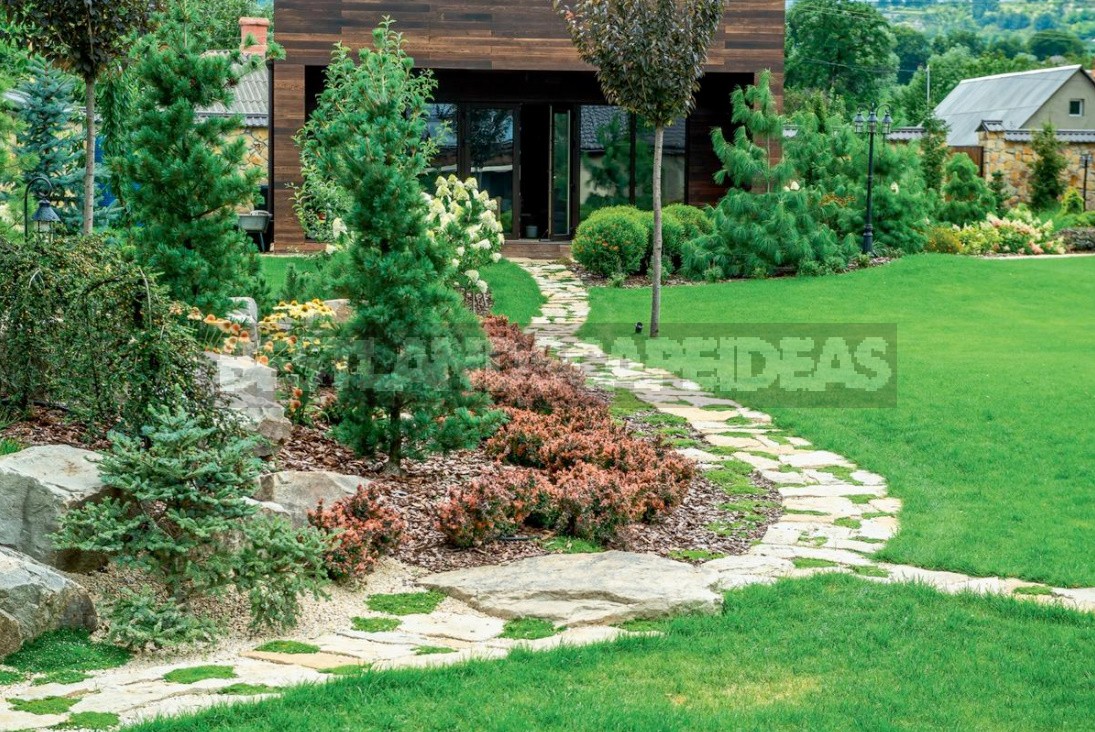
And, by the way, about the size. It is good when from the planted trees to the front edge of the flower garden on average remains from three to five meters. With this width, the plants will not be crowded later, and they will not be the whole team under the overgrown crowns of trees. And, of course, to give a “natural” shape, the front line can be made as indented as you like. We plant sage-cottonwoods — we crawl out in an array forward for five or seven meters or more. Beautiful fluffy branches of a pine tree to the ground-we admire it and do not plant anything at all, we go to zero.
Such a single and continuous vegetation array makes the garden very organic. There are no more restless “slides”, it is unknown how they appeared in the middle of the lawn. There are no collapsing single Phlox-they are in the depth of the mixborder, a large array, supported in front by low spirey. There are no junipers recklessly planted small near the path, interfering with walking and constantly cutting their hair — they are on the backfill and give an enviable annual increase.
Another good thing about a large mixborder around the perimeter is that you will always have a decent view from the window.
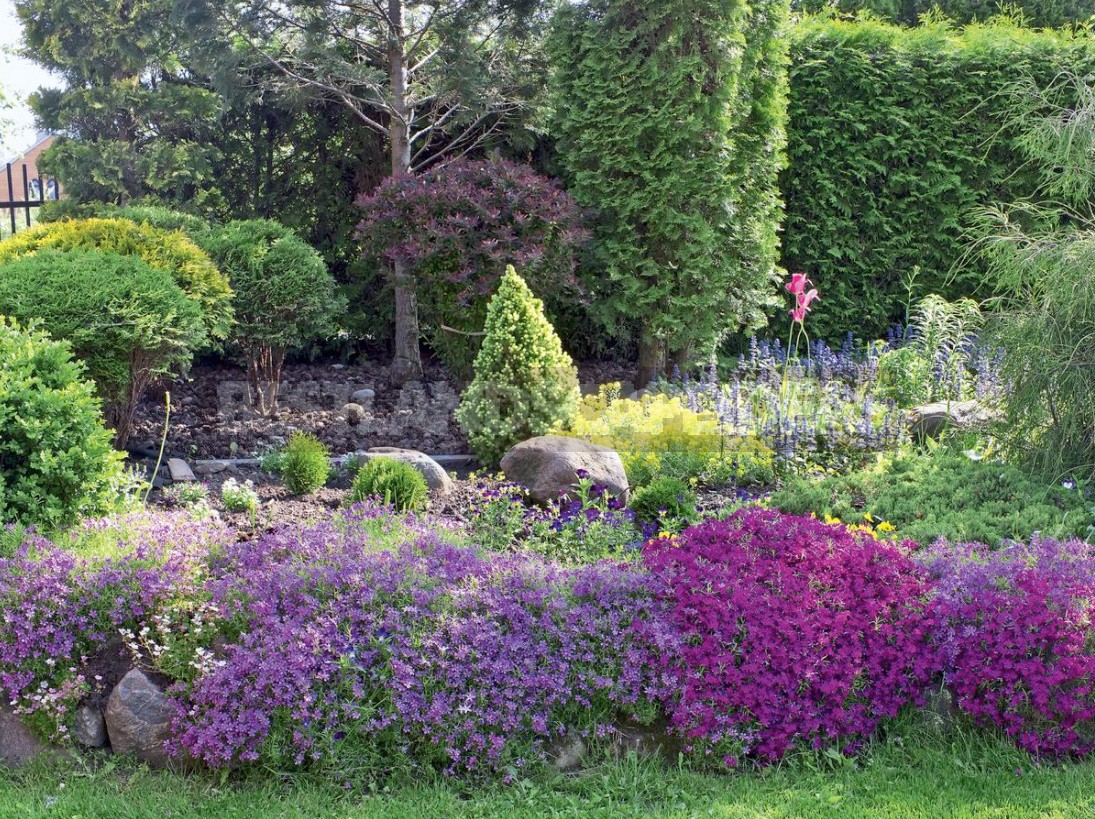
Many gardeners make the mistake of planting peonies and Leucanthemum at the blind area under the window and neglecting planting at the fence opposite. What do we see from the inside when we’re in the middle of a room? What is in front of us at eye level. The blind area with Leucanthemum falls into the invisible zone. Of course, we also plant plants around the house. But they are not for the view from the Windows, but for external viewing. If the dimensions allow you to lay a bypass path, then a mixborder is made between it and the blind area, only smaller. The path around the house can bend smoothly, moving away from the blind area at a distance of one meter to three or four.
What do we get as a result? No matter where we are on the site, we find ourselves in a cozy space among the plants. Behind the house, surrounded by greenery, and in front, to the left and right… no, not a fence, but a magnificent “artistic” edge. So, literally in one fell swoop, we turn the plot into a garden.
